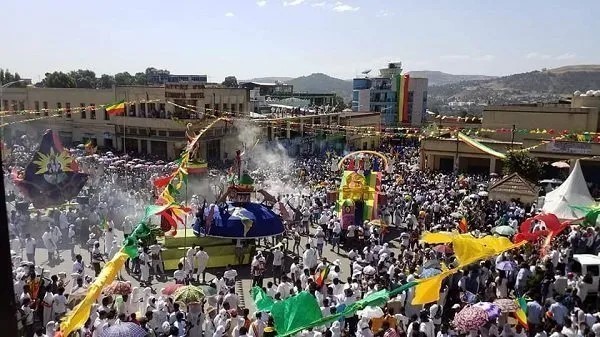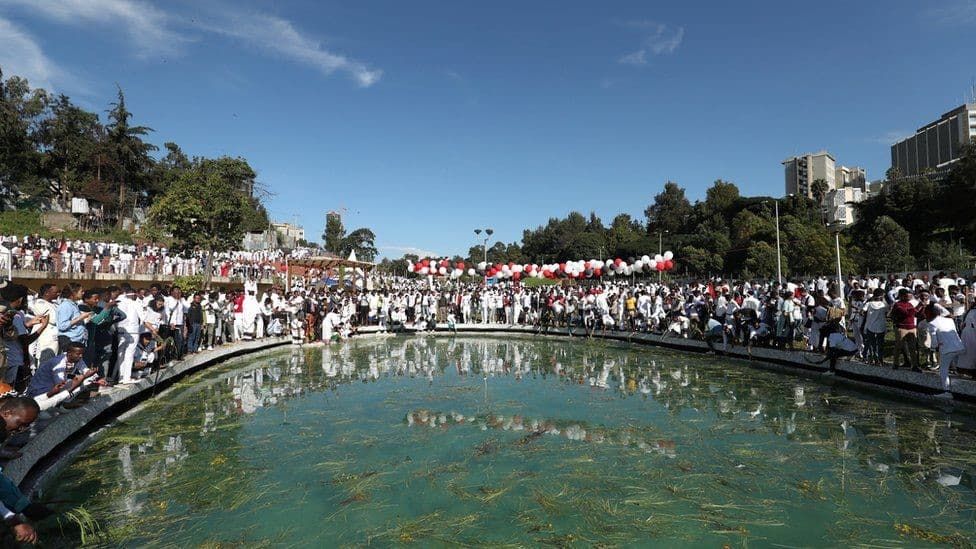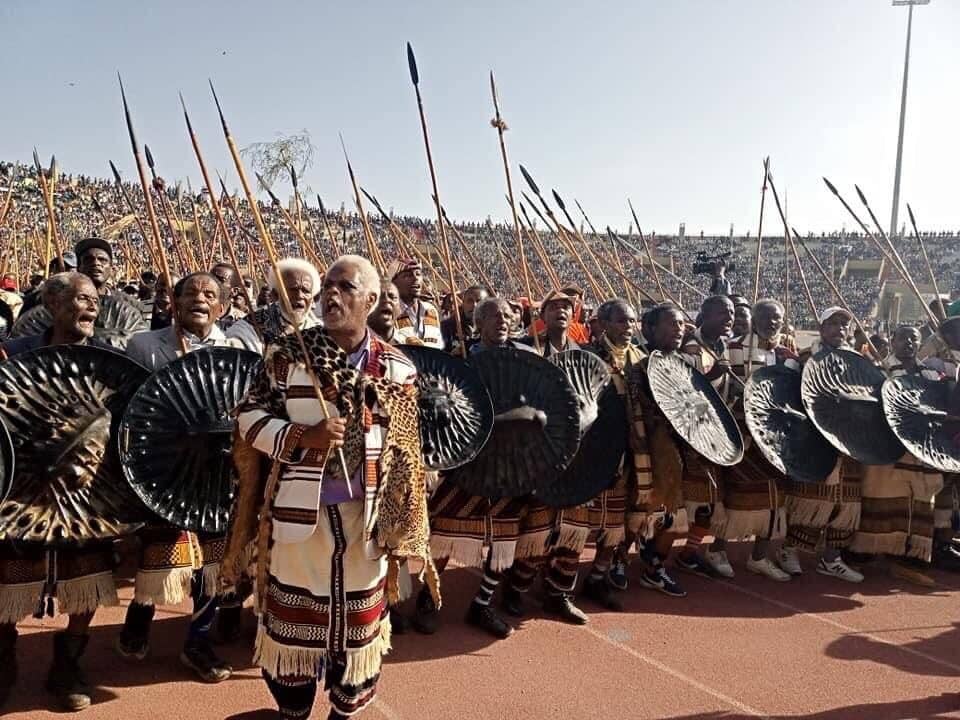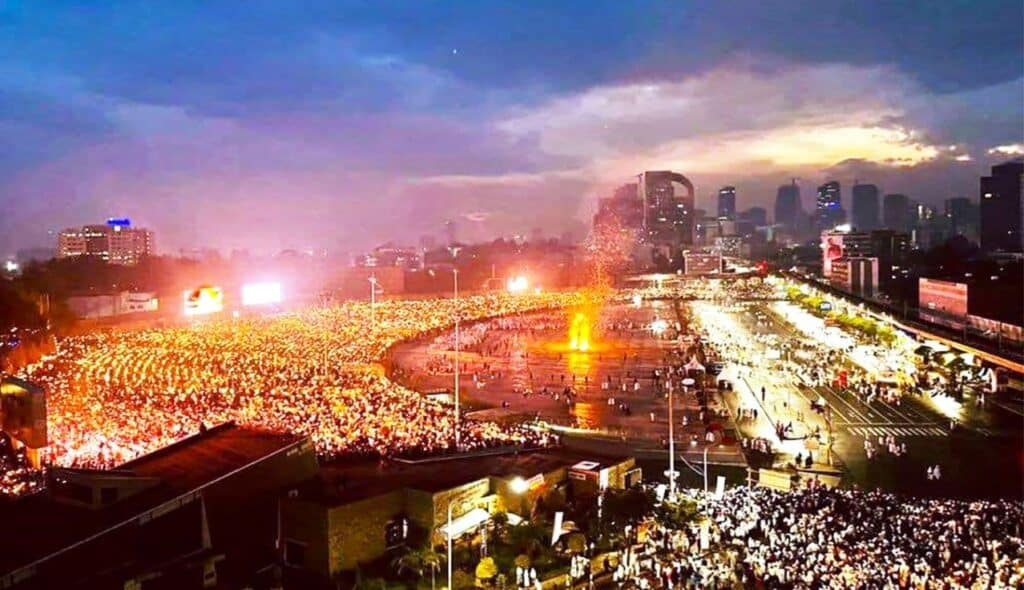CULTURAL ATTRACTIONS
Ethiopia Timket (Epiphany) Celebration
The colourful Ethiopian Epiphany is one of UNESCO intangible cultural heritage in December, 2019. The festival has multiple cultural and religious phases. Each year’s thousands of tourists were come across the globe and attained the celebration.

The festival of Timiket (Epiphany) to commemorate the baptism of Jesus in the Jordan River is celebrated across Ethiopia on January 19th or 20th in leap year, with processions of priests carrying replicas of the Ark of Covenant, locally known as ‘Tabot’, escorted by thousands of believers’ and tourists comes across the Globe. The festive lasts two days, the 18th (the eve of Timket) and the 19th 0f January, even extending to a third day where there is Tabots dedicated to Archangel Michael whereby celebrated the feast of the miracle of Jesus at the wedding of Cana.
The Eve of Timket
The eve of Timket is known by the two major events: Ketera and Gehad. Following those traditions, the Tabots are taken to rivers and pools early afternoon on the eve of Timket, which is known as “Ketera” meaning ‘making a reservoir for the celebration’. Each Tabot is carried overhead by a high priest to the nearby body of water accompanied by thousands of church members and tourists chanting hymns. The celebration is also augmented by spiritual dancing (known as Shibsheba), drum beating, horn blowing, prayer stick waving and sistra rattling.
Throughout the night sermons in relation to the Baptismal of Jesus, singing, dancing and praying to continue. The Kiddase (Divine Liturgy) is administered near the pools early in the morning. Passages from the story of the Baptism of Jesus Christ recited from the four Gospels at the cardinal points of the pool. The water is then blessed and sprinkled towards the assembled congregation, some of whom immerse themselves in the water, symbolically renewing their baptismal vows.
Return from Timket Bahir
On the second day of the Celebration he crowd escorts the return journey of Tabots, which circle their respective church before entering the Mekdes, the Holy of Holies. Only the Tabots of St Michael remains a further night there, since its feast is on the following day, associated with the first miracle of Jesus, the Wedding of Cana.
Culturally, Timket is also the most important festival of rejoicing, coming at a time of plenty after the harvest. People dress in their best new clothes;
In addition to the fasting and feasting , the jubilant processions and the baptismal ceremony, coming as it does in the wedding season, it is also known as an occasion for romance and betrothal. It is said that in the countryside a young man would throw a lemon to girl he choose to be his fiancee at Timket and by accepting his gift she would signal his interest in him.
Irreechaa

On the end of the month of September or the beginning of October, the Oromo people celebrated Irreechaa, the thanksgiving holiday marking the end of winter, in Addis Abeba and Bishoftu.
Irreechaa is usually celebrated during the weekend following the Meskel holiday. The festival is observed in many areas of Oromia, but, at the national level, it brings millions of Oromos from all over Oromia and non-Oromo visitors from other parts of Ethiopia to the shores of Hora (Lake) Arsadi and, as of 2019, to Hora Finfinee in the capital.
The festival is a symbol of transition from darkness and difficulties to light and joy. The rainy season is a difficult time for people as it is a farming which demands hard work in the muddy and cold months. In addition the swollen rivers sweeps cattle, harvest even people. It also separates families and friends. Moreover, during this time, people run out of grains.
Hence, Irreecha festival declares the dawn of new season with brighter hope. Swollen rivers subside so that families and friends; the rain wear off and difficult time have gone. The plentiful harvest after the dark and rainy winter season is almost ready.
To express their gratitude to the Creator (Waaqaa), the Oromo people celebrate Irreechaa for the blessings and mercies they have received throughout the previous year, to welcome the New Year and to cherish the plentiful harvest.
For many, Irreechaa is a secular festival that is an emblem of cultural identity and a manifestation of Oromo national unity, as it draws together Oromo people from all walks of life, religious backgrounds, and political affiliations.
Fichee-Chambalaalla
Fichee-Chambalaalla is a thanks giving and New Year festival of the Sidama people. Each year, the Ayanto (Sidama astronomers) determine the correct date of the festival based on the lunar calendar. The festival has no fixed date; it is celebrated between May and June based on the decision of the Ayanto. This festival is one of the socio-cultural heritages handed down by forefathers to descendants and has been celebrated for more than 2000 years. According to the oral tradition, Fichee commemorates a Sidama woman who visited her parents and relatives once a year after her marriage, bringing buurisame, a meal prepared from false banana, milk and butter, which was shared with neighbours, Communal events take place throughout the festival, including traditional songs and dances. Every member participates irrespective of age, gender and social status. Traditional meals such as Chukame, Buurisame and Shaqishame are served on festivity days.

During the festival, clan leaders advise the Sidama people to work hard, respect and support elders, and abstain from cutting down indigenous trees, begging, indolence, false testimony and theft. Fichee – Chambalaalla was registered by UNESCO as an Intangible World Heritage in November 2015. Thousands of tourists have begun to flock since then. For this festival they will travel to Hawassa for a couple of nights’ stay.
Meskel Celebration

Meskel celebration is a religious holiday held to commemorate the finding of the True Holy Cross upon which Jesus was crucified. The legend goes that in the 4th century AD the Roman Empress Helena, mother of Constantine the Great, received a vision in a dream where to find the cross. She ordered the people of Jerusalem to collect wood, and the smoke from a huge bonfire apparently indicated the location where the cross was buried. Meskel is celebrated for two days beginning on September 26th. The celebrations begin with the building of the Damera bonfire at Maskel Square in Addis Ababa — a conical pyre of poles surrounded by bundles of branches and torches decorated with green grass. The next day which is the actual Meskel, people go to the spot of the Demera and use the ashes to mark their foreheads with the sign of the cross. There is a lot to eat and drink as people celebrate together. One of the significant occurrences of the festival is the coinciding with the mass blooming of Meskel flowers, the golden yellow daisies. During the leap year the celebration takes place on September 27, otherwise it is celebrated on September 26. In 2013, UNESCO has inscribed Meskel on the Representative List of the Intangible Cultural Heritage of Humanity. Meskel celebration attracts thousands of international tourists to Ethiopia.